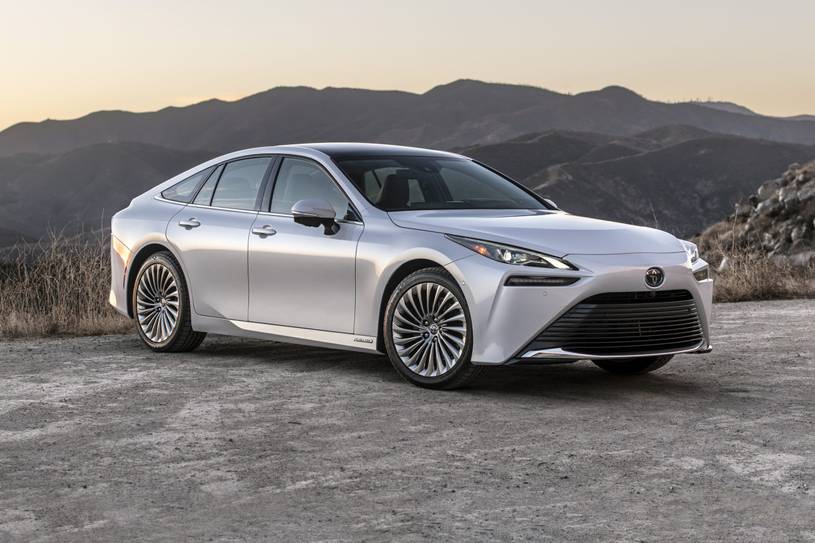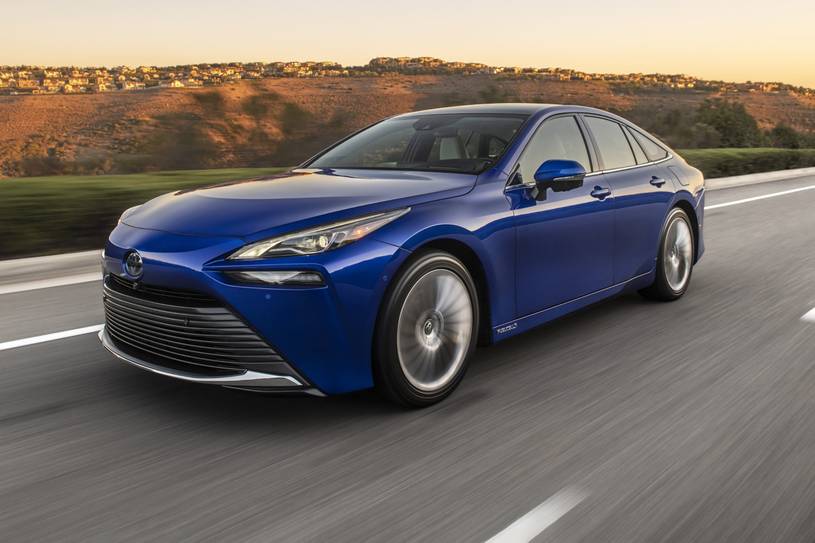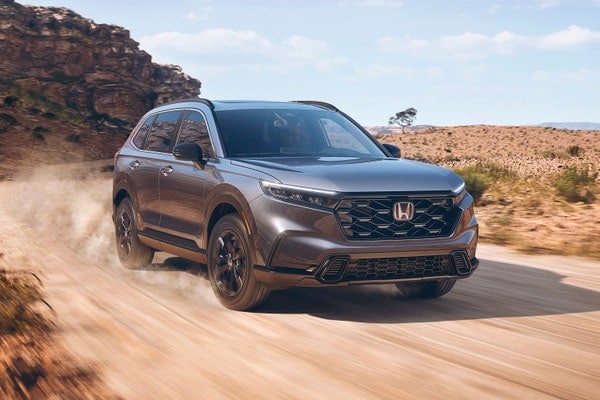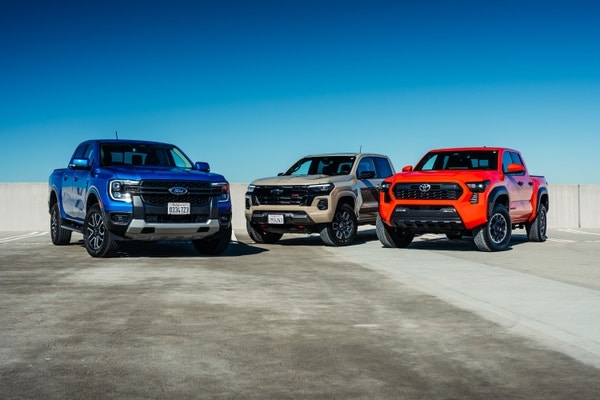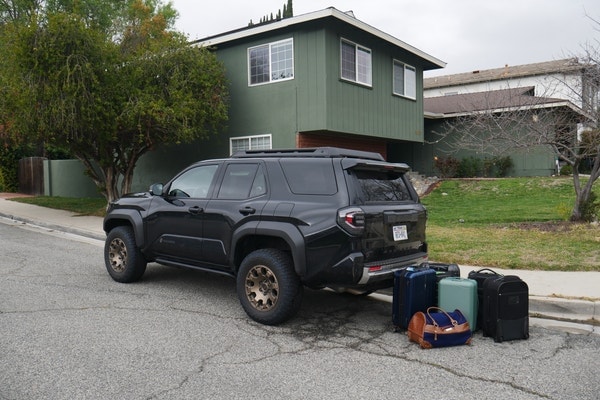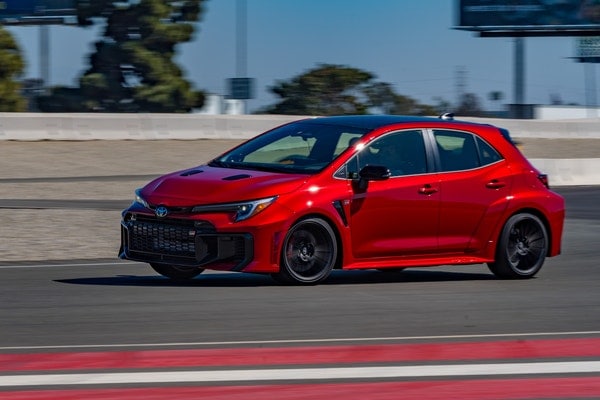What is the Mirai?
There isn't really anything else on the road like the Toyota Mirai. Rather than being powered by gas or electricity, the Mirai uses a hydrogen fuel cell. An electric motor powers the rear wheels, but it's supplied by a fuel cell instead of a battery. There are a number of upsides to this powertrain. Hydrogen fuel cell vehicles emit only water and can easily be refilled at a hydrogen station in a relatively short time. It's not as quick as filling a car with a tank of gas, but it takes far less time than charging an EV's battery. From behind the wheel, the Mirai also drives like a regular electric vehicle, though few EVs can match the Mirai's EPA-estimated 402 miles of range.
But there's a catch. Unlike ever-present gas stations and a growing network of EV chargers, hydrogen fuel stations are few and far between. In fact, the infrastructure is so limited that the Mirai is only available for sale in California and Hawaii (and not on every island). Even if you wanted to, you couldn't drive the Mirai very far. Hydrogen is expensive, too, but that issue isn't as off-putting as it seems. To incentivize sales, Toyota includes a hydrogen credit with the purchase or lease of a Mirai good for $15,000 or six years, whichever comes first. By our calculations, the credit should last for about 60,000 miles if you're driving the Limited or even longer if you're behind the wheel of the more efficient XLE.
When we say there isn't much like the Mirai on the road, we mean it. The Hyundai Nexo also uses a hydrogen fuel cell, but it's an SUV rather than a sedan. EVs in the price range include the Hyundai Ioniq 5 and Ford Mustang Mach-E, both of which are available in more than just a couple of states.


